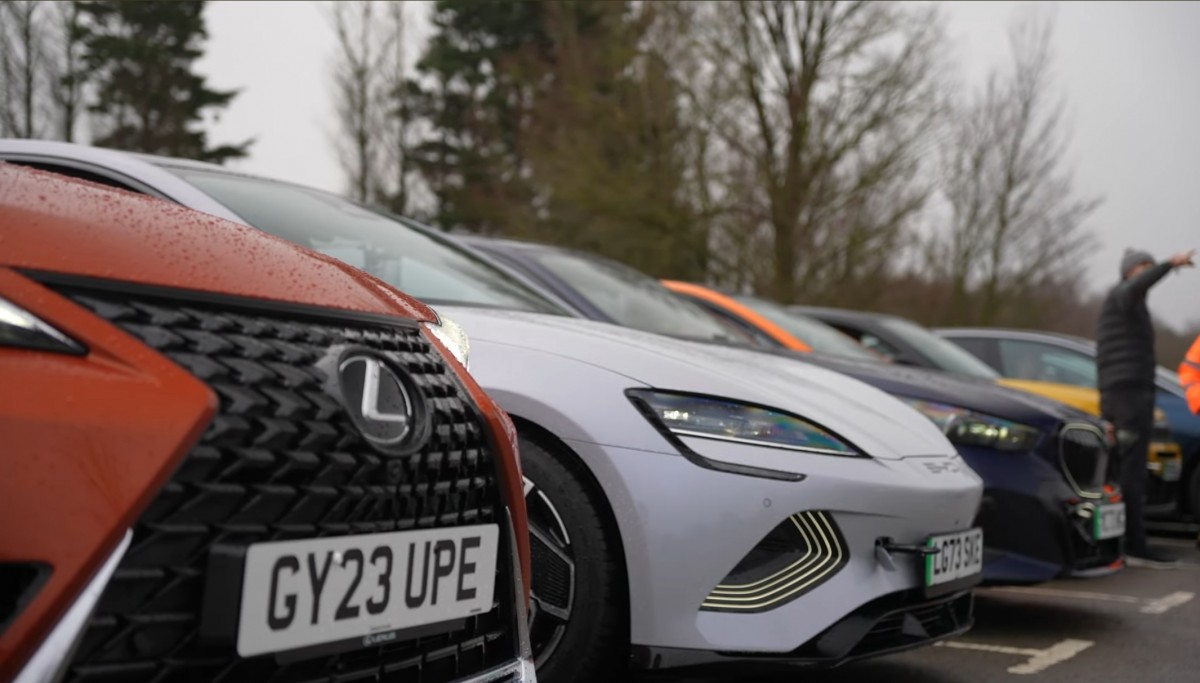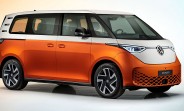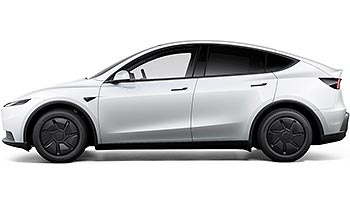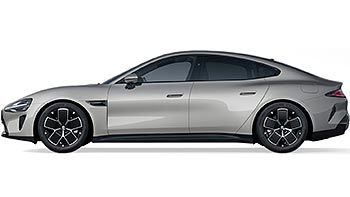Mercedes EQE tops real-life winter range test of 12 electric cars

Yet another massive range test is here, telling us more about how far EVs can really go. The team of WhatCar? took 12 EVs available in the UK and put them through an everyday range test. There was a mix of slow city driving and fast highway mileage, all cars were fully charged prior to the test and all were driven until their batteries gave up the last electron.
The test was carried in UK winter conditions - that’s 10ºC and plenty of rain. Think heating, wipers, and lights on - not exactly favorable conditions for any EV.
 Source: WhatCar?
Source: WhatCar?
12 electric cars took part in the test. There were two ID.7 - one with and one without the heat pump, Lexus was represented by the RZ 450e and UX300e. The Chinese team brought the BYD Seal, BYD Dolphin, and MG 4, Germans had two VWs, Mercedes EQE and the new BMW i5. Finally, the Jeep Avenger and Volvo XC40 were ready to stand strong against the updated Tesla Model 3. How did they all do?
 Lexus RZ 450e came last
Lexus RZ 450e came last
Taking into account that the ambient temperature was below optimal, not surprisingly none of the cars in the test managed to get anywhere near the manufacturer’s claimed range.
The first to stop was the Lexus RZ 450e - despite the 251 miles of the claimed range, in everyday driving the $101,600 (as tested) Lexus struggled to get more than 159 miles out of its 64 kWh battery pack. Even the heat pump couldn’t help it and the RZ 450e came 92 miles short of the promised range.

The little Jeep Avenger didn’t do much better on the face of it - 163 miles isn’t exactly a record-breaking distance. That’s until we realize that the Jeep has to make do with a much smaller 50.8 kWh battery pack. Sure, it still fell short by 82 miles of its claimed 244 miles range, but at $53,100 (as tested) it’s nearly half the price of the RZ 450e.
The second Lexus, the UX 300e, did a little better despite being an older model and not having the heat pump to boost efficiency. 103 miles less than the manufacturer’s promised range is hardly something to be proud of but at least it did better than its younger cousin - and at nearly $78,400 (as tested) it makes a lot more sense.

The BYD Dolphin worth $43,500 is quite attractive to first-time EV buyers, but its real-life range of 188 miles leaves us a bit disappointed. The second cheapest car, the MG4 Trophy was a bit of an odd duck - promising 323 miles of range from its larger battery at only $50,100, the MG ran out of puff after 227 miles. That’s actually pretty decent when you consider the price to range ratio.
The twin-motor Volvo XC40 Recharge may be gunning for the city dwellers with its small frame, but its sticker price of $76,200 is not as small as many buyers would wish. It went for 232 miles - a great range, though perhaps less than the 79 kWh battery pack would have us expect.

BMW’s latest electric addition, the all-new i5 eDrive40 comes in at a rather wallet-crushing $105,900 - although it achieved 253 miles, making it look like a good choice when compared to the $101,600 Lexus RZ 450e. BMW came short by 85 miles of its claimed 338 miles range but it had the larger wheels that are part of the M Sport Pro package.
How much of a difference does the heat pump make?The base VW ID.7 Pro without the pump managed to get 254 miles, while the heat pump version managed to go on for 268 miles. So - you'd be getting 14 miles of extra range for the extra $1,400?
| Vehicle | Tested range | Shortfall | UK price as tested |
|---|---|---|---|
| Lexus RZ 450e | 159 miles | 36.7% | $101,600 |
| Jeep Avenger | 163 miles | 33.1% | $53,100 |
| Lexus UX 300e | 170 miles | 37.9% | $78,409 |
| BYD Dolphin | 188 miles | 29.1% | $43,527 |
| MG4 | 227 miles | 29.7% | $50,119 |
| Volvo XC40 | 232 miles | 29.9% | $76,255 |
| BMW i5 | 253 miles | 25.1% | $105,888 |
| VW ID.7 | 254 miles | 33.6% | $70,790 |
| BYD Seal | 255 miles | 28% | $62,753 |
| VW ID.7 (hp) | 268 miles | 29.6% | $72,200 |
| Tesla Model 3 | 293 miles | 24.8% | $68,650 |
| Mercedes EQE | 300 miles | 21% | $68,650 |
The best Chinese EV in the test was the $62,800 BYD Seal. Courtesy of its 82.5 kWh battery it managed to clock 255 miles before it ran out of electrons. 99 miles short of its promised range, but it managed to beat the much more expensive competitors.
The winner of the test was the Mercedes EQE 300. Surprisingly affordable at $68,500 when compared to the likes of BMW or Lexus, the Mercedes really made its 89 kWh battery pack last. It managed 300 miles - nearly twice as much as RZ 450e at $33,000 less.

The updated Model 3 Long Range came second, only 7 miles behind the Mercedes. At virtually the same price as the EQE, the Model 3 managed to squeeze 293 miles out of its much smaller 75 kWh battery pack.
That brings us to the very simple conclusion - if it's the mileage you want, the Mercedes EQE 300 is your answer. If you want the most efficient EV though, you should look closer at the Tesla Model 3. But if you want the most miles for your money, the answer would be more complicated.
There are two EVs fighting for the “most bang for the money” title. The first one, unsurprisingly, is the BYD Dolphin - cheap (relatively) and not so cheerful. The second one is a big surprise - it’s the Mercedes EQE 300. If we were to calculate how much of a range we get for every pound we spend on the car, BYD Dolphin comes in at 0.0059 miles or 9.49 meters. Even though the Mercedes is more expensive, courtesy of its large battery, it comes in at 9.65 meters per £1 - 16 cm ahead of the BYD. Now - that is a surprise. Yes, it's hardly a scientific exercise but it puts a clear point across - Lexus wants £1 for every 3.38 meters.
Related
Reader comments
You know, mentioning efficiency would be nicer :-D That is actually a point where Mercedes utterly failed, as they are "fixing" their horrible internal design with an enormous battery. BTW, I was quite surprised bZ4X platform being ev...
- 06 Mar 2024
- ps1
















